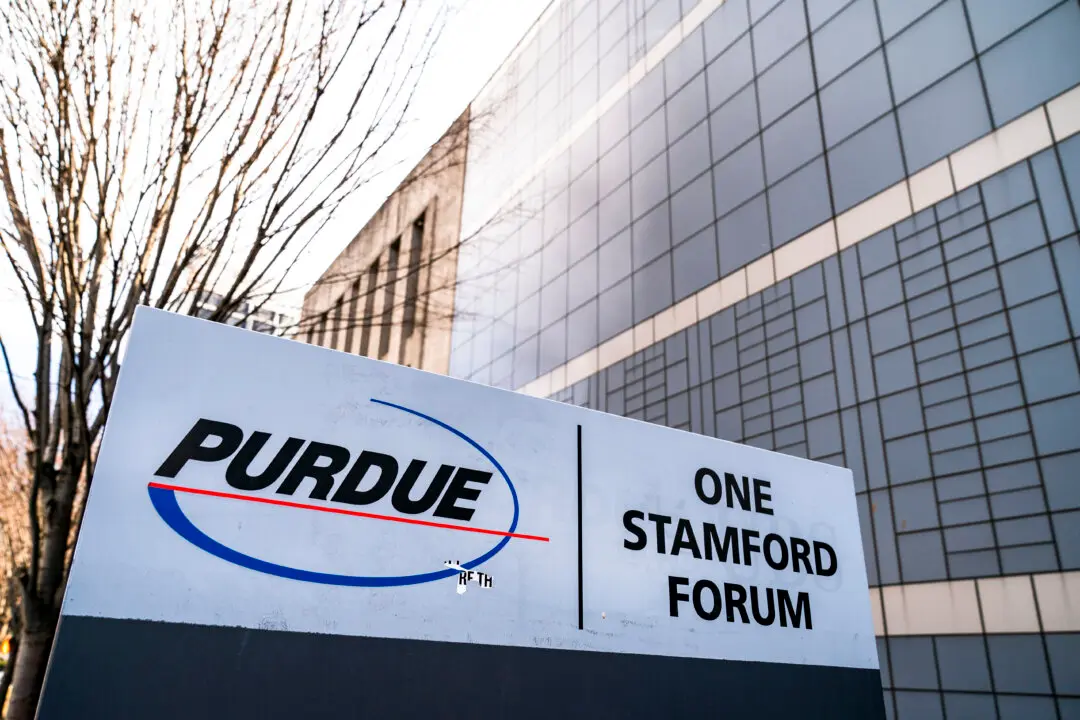One of South Carolina’s state mottos is “Dum spiro spero,” a Latin phrase meaning “While I breathe, I hope.”
However, there are some living near the New-Indy Containerboard mill in Catawba, South Carolina, reporting difficulty breathing due to an all-pervasive noxious odor hanging over the community, allegedly caused by the plant.





